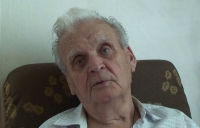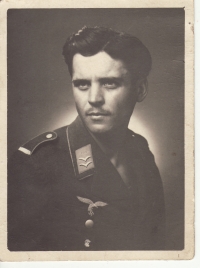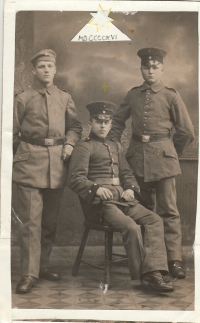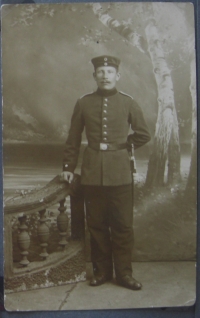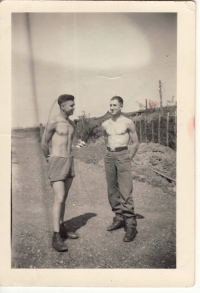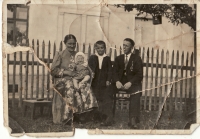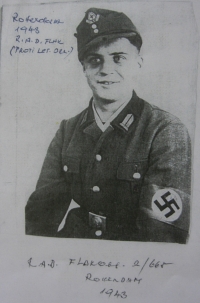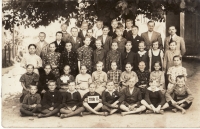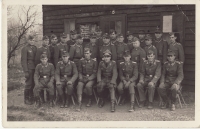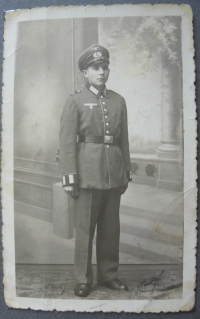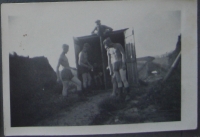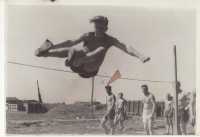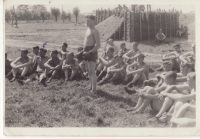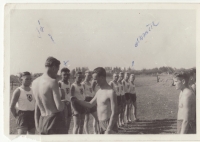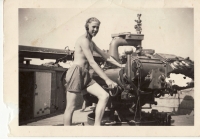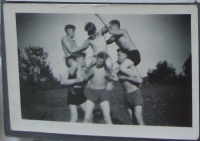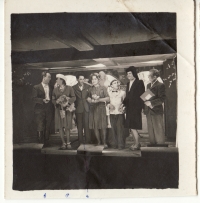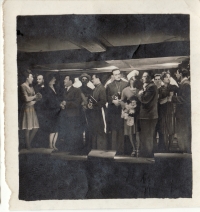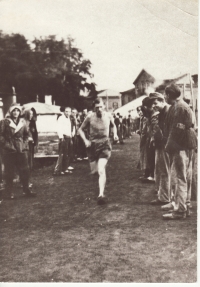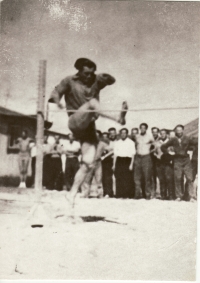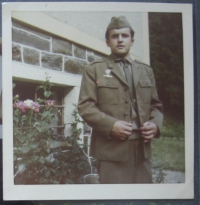In 1943 I had to enlist in the Wehrmacht
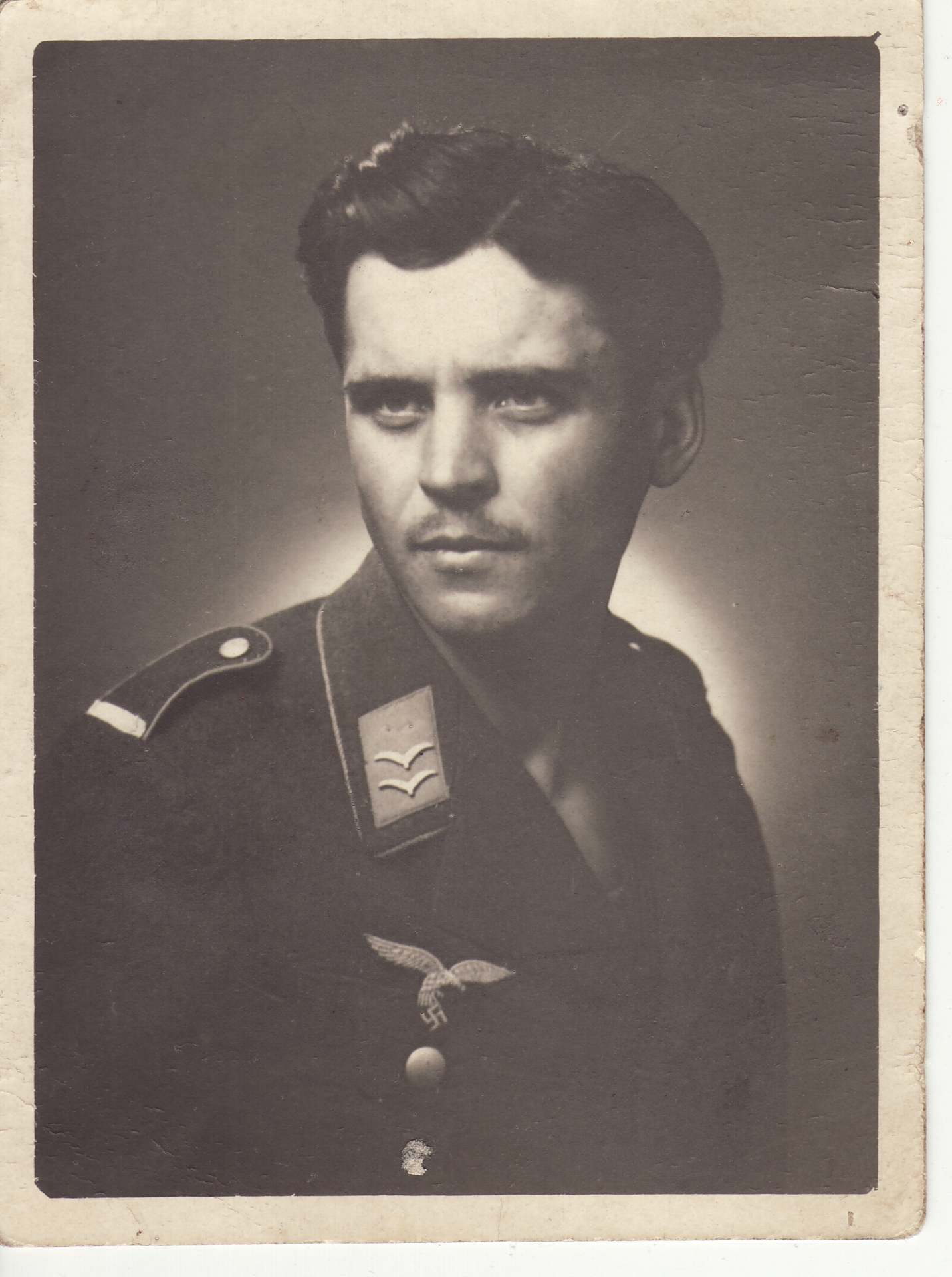
Download image
Richard Michalík was born on 1 December 1926 in Bolatice, Hlučín region. After finishing the eighth grade of the municipal school, he started to train as a bricklayer in 1940. At that time, the wider Opava region was already part of the Nazi Reich for the second year and the local inhabitants were considered Reich citizens, subject to all the rights and duties of Reich citizens. Already in 1940 he had to become a member of the Hitler Youth organization and three years later, like the vast majority of local men, he had to perform compulsory military service in the Wehrmacht. First he served six months in the Reich Labour Service on fortification work in Germany and France. He then completed anti-aircraft training and was sent to Artillery Battery No. 2/665 in Rotterdam. After a year’s service, he was assigned to the Nisa engineer platoon in September 1944, which was deployed to the front near Poznan in February 1945. In the following weeks he took part in the retreat battles at Szczecin and Vienna, where he was slightly wounded in the left arm and left leg on 11 April 1945. After basic treatment in a field hospital, he was transferred to the hospital on Charles Square in Prague for further treatment. After the outbreak of the Prague Uprising, the wounded German soldiers were moved to Dejvice, where Michalík fell into Soviet captivity on 10 May 1945. After a few days, the prisoners of war were taken out of Prague, and after a difficult march they finally ended up in a makeshift prison camp in Teplice-Šanov. After about a month, he was selected for transport with others and deported to the Soviet Union. During his five-year imprisonment, he passed through several prison camps around Moscow - Katuar, Dolgoprudnaya and Marfino. German prisoners of war worked there in a brick factory, building utility buildings, hauling wood, etc. He returned from Soviet captivity to his native Bolatice on 25 February 1950. He still had to serve a few months of basic military service in the Czechoslovak army. He later married and worked as a construction foreman in the Ostrava and Opava regions until his retirement.
